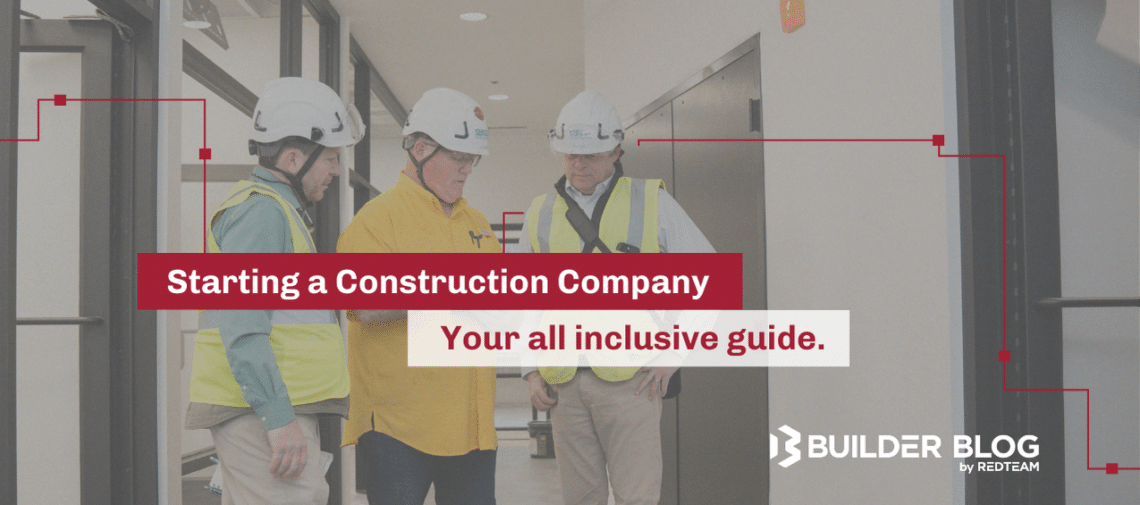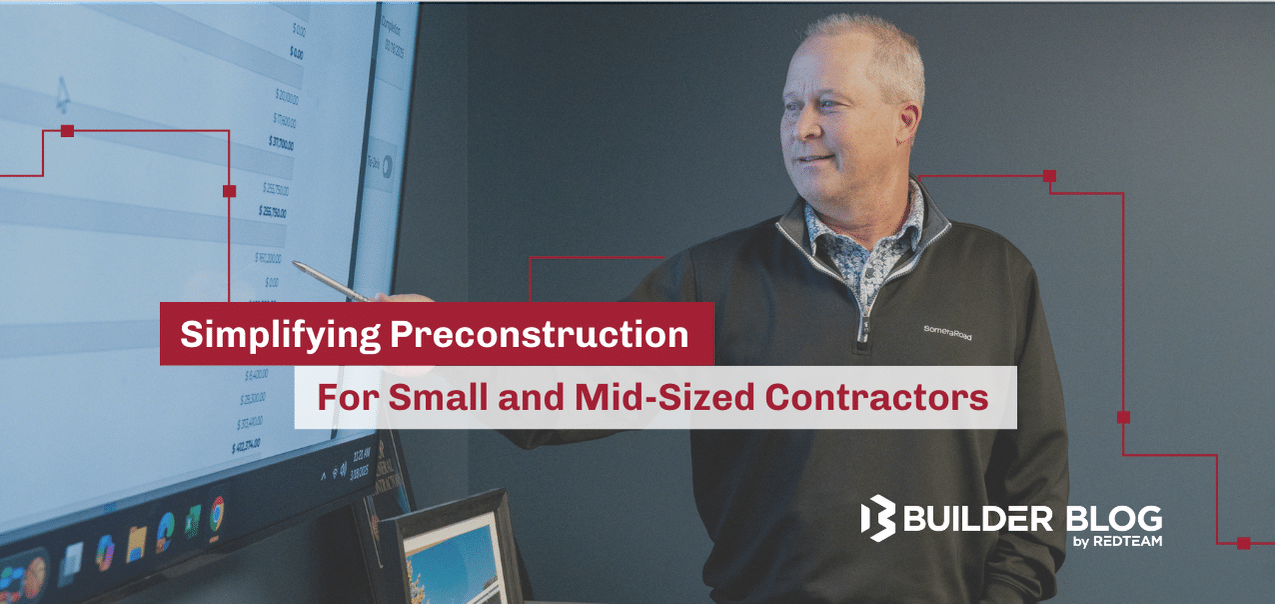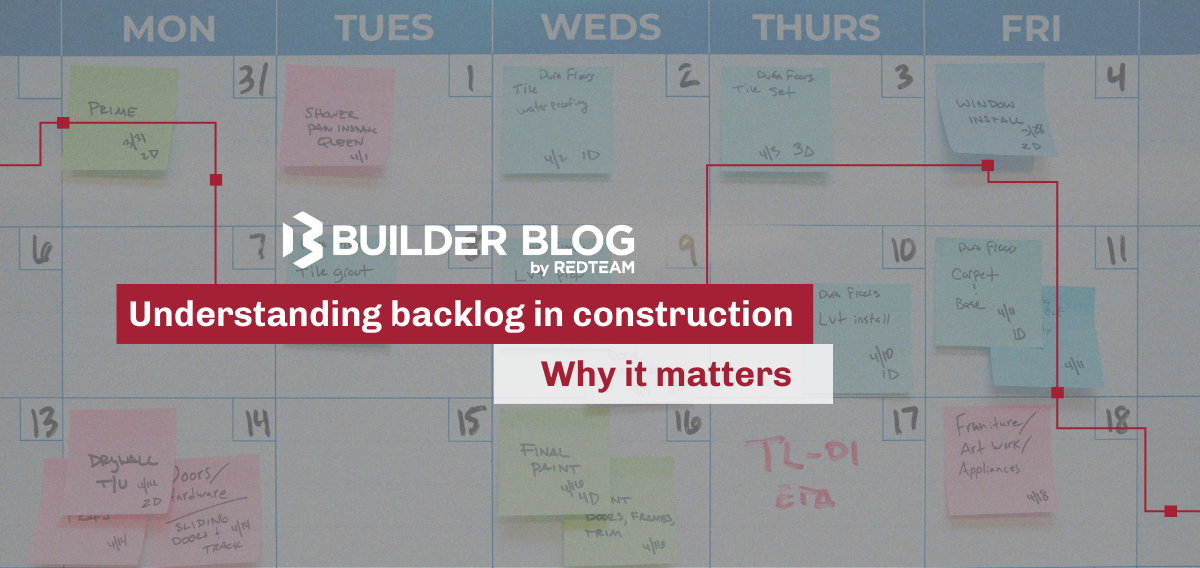
Starting a Construction Company- Your all inclusive guide.
Laying the Foundation: Your Roadmap to Starting a Construction Business in the U.S.
The American Dream has meant many things over the decades, but for a lot of people, it’s about building something of their own. And if that something’s a construction business—you’re in good company. By the end of Q1 2023, nearly 920,000 construction businesses were up and running across the US.
Even more impressive? The industry employed about 8 million people and produced around $2.1 trillion worth of structures last year, according to AGC.
Are you considering starting your own construction company? Here are some steps to consider as you take those steps toward entrepreneurship and the American Dream.
Step 1: Research and create a business plan
The initial steps to create a construction business revolve around planning and research. The success of even the greatest ideas can only succeed with the right planning.
Ask yourself what type of construction work you want to focus on. You can specialize and be a subcontractor or pursue a broader scope as a general contractor. There’s no right or wrong answer as to what your focus should be.
However, it’s essential to research the market where you intend to look for work to get a sense if there are holes that you could fill. This research should also help you understand who your competition is and how they operate. With this information, you can decide:
- How much to charge for your services
- Whom to market your services to
Resources like the US Small Business Administration are helpful for learning how to pick the right location and structure your plan.
Other smart ways to research:
- Talk with your local Chamber of Commerce
- Survey potential clients about their needs
Once you’ve gathered your insights, it’s time to write your business plan. Be sure to include:
- Your business goals
- A list of services you’ll offer
- What makes you different (your value prop)
- A client acquisition strategy
- Financial projections and funding needs
Step 2: Define your business structure
Now that you’ve built your plan, it’s time to make it official.
Start by choosing a business structure: sole proprietorship, partnership, LLC, or corporation. Each option comes with its own set of pros and cons related to taxes, liability, and legal responsibilities. Not sure which one fits your goals? This guide is a great starting point—and it’s always smart to speak with a legal advisor.
The structure you select can have lasting implications for how you pay taxes, protect your personal assets, and operate within legal boundaries. There’s no one-size-fits-all answer here, so take the time to evaluate your options. Legal professionals can help you make the best choice for your situation.
Once you’ve determined your structure, the next step is registration. As part of the process, you’ll also need to choose a name for your business. Whether it’s creative or straightforward, naming your company is a key part of your brand identity—but there’s no right or wrong approach.
Several steps go into officially registering a business. In short, registration means informing federal, state, and local agencies about your new business and its structure.
Exact requirements vary by state and municipality, and your business structure may also affect what’s needed. However, some steps are universal—like registering your business name and paying the applicable fees.
Step 3: Permits, licenses and insurance
You need permits and licenses to run a construction business, just like you need to drive a car. If you don’t get these things, you can get fines, tax penalties or worse.
First, note that licenses and permits aren’t the same, although they have the same purpose: “…ensure that companies operate lawfully and safely. Generally speaking, a business license gives a company the legal authority to operate a business in a specified area while a permit provides permission (typically based on meeting certain safety requirements) to carry out specific activities at a location.”
Licensing typically includes meeting various requirements related to skills/experience, insurance and education. It also can involve a test to prove your ability.
Without proper licensing and permits, your company is liable to face fines, tax penalties, and even closure.
Once again, multiple factors determine the types of licenses and permits you need for your business. They include:
- State of operation
- The business activities you engage in
- Company size
- Project size
A business license lets you run a business in a certain area. A permit is for a specific job or activity. What you need depends on where you are, what you’re doing, and how big your operation is.
Here’s a great breakdown of general contractor licensing requirements by state.
Once you’ve got your permits and licenses sorted, it’s time to look at insurance. Workers’ compensation is often required, but even if it weren’t—it’s a must-have in one of the most dangerous industries out there (source).
Other types of insurance to consider:
- General Liability
- Professional liability
- Unemployment
- Auto
- State Disability
- Business
- Property
- Builder’s risk
- Unemployment
The number of insurance coverages you select from the list and the level you need depends on the state and your preference. Check out this site to learn more about insurance for small businesses and consult a professional to help you make decisions about insurance.
Remember, the area in construction you enter can impact the type of insurance you should get. Another consideration is what your clients require as part of the Bidding process.
Step 4: Financing, hiring and marketing
Ready to launch? Almost. Let’s talk resources—money, people, tech, and tools.
You need funding. Potential sources include bank loans, private lenders, investors, Small Business Administration loans, etc. For more information on loans, check this out. This site has information about other financing options.
Once you’ve secured sufficient funding, it’s time to purchase equipment. From software solutions to equipment you’ll use in the field, the right materials can make or break a business.
It may be wiser to rent construction equipment based on the needs of the job. Therefore, you’ll need to screen suppliers and create a working list of where you can buy/rent equipment and materials. Finding multiple suppliers helps ensure you get the best price and are prepared to handle jobs as they come in.
Hiring the right people for the job is an art form. The right choice is not always your cousin who is looking for a job, someone you worked with five years ago, or even your former boss. The task is more challenging when hiring people for roles for which you know little about yourself.
How can you find the right person for the job? Options include:
- Hiring a recruiting agency
- Putting the word out to your network
- Recruiting people whom you’ve worked with previously
Okay, everything is lined up. Now, you need clients. Perhaps you plan to gain them by being active on social media, developing engaging content, attending conferences, cold calling, reaching out to friends and acquaintances, or a combination of one or more.
Before you begin any strategy, it makes sense to create a marketing plan. Think of it as your guide or how to achieve your marketing aims. It’s the big picture and the step to get there.
That should do it. Follow these steps to create a construction business, and you’ll be ready to go. Curious how RedTeam is creating better days for everyone in construction? Learn more or request a meeting.
Local resources to help you get started
Florida
Tennessee
Texas



